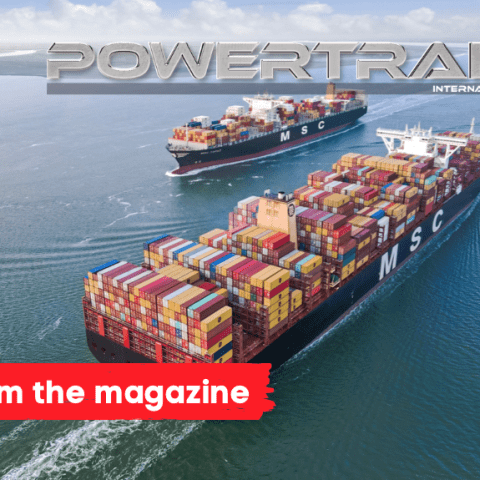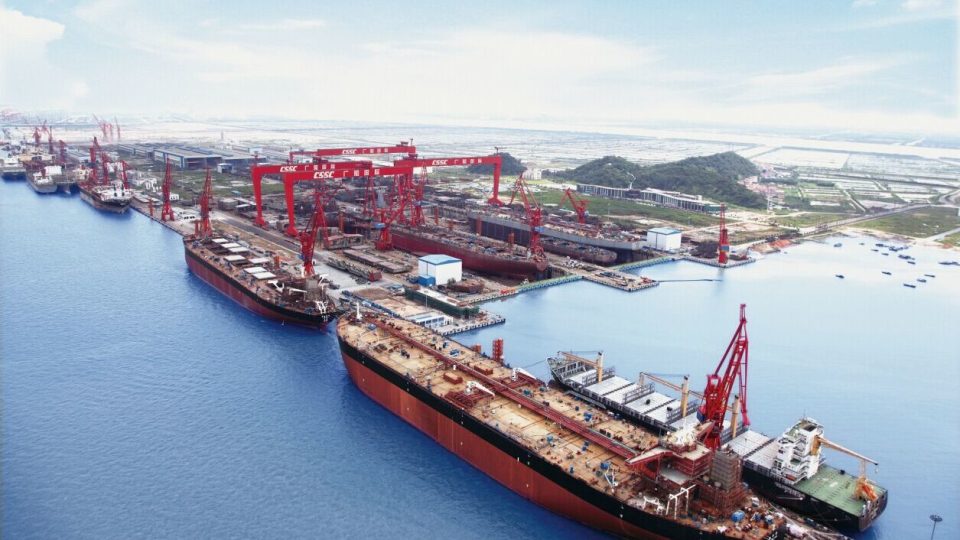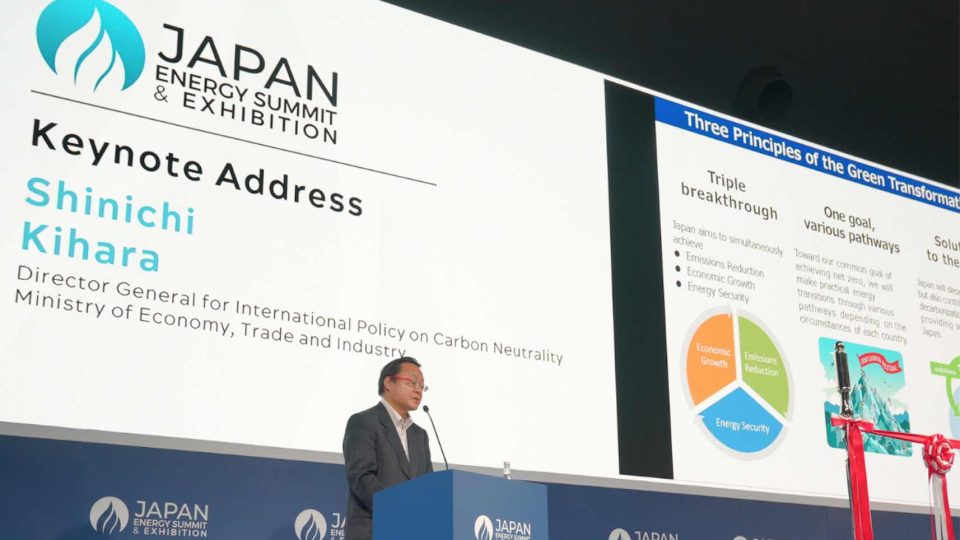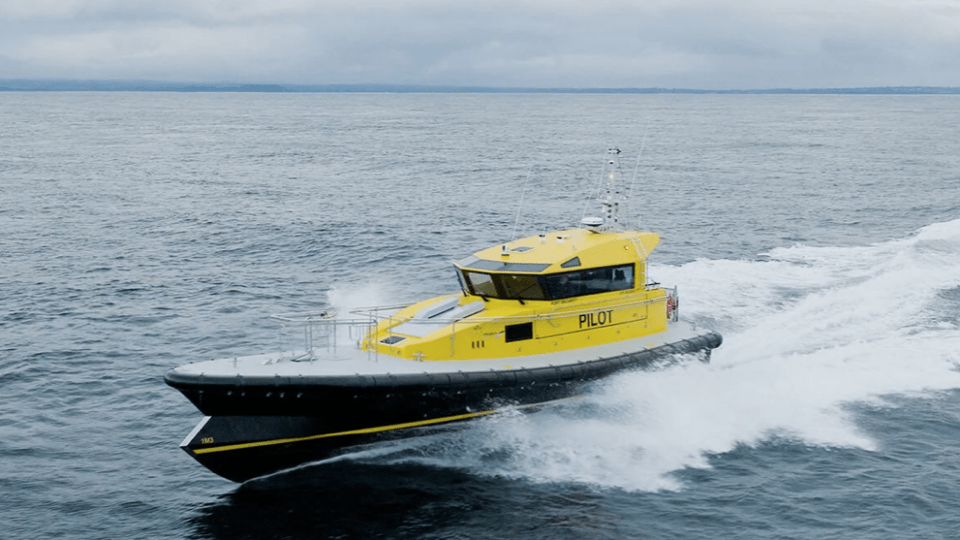Shipping vs on-road: is LNG the only way?
The Green Shipping Challenge at COP28, held in the presence of the CEOs of the five largest shipping companies, ended in a dead heat. The comparison with the four-wheeled world is ruthless. Large commercial marine applications work on almost a continuous cycle, and have a very exorbitant CO2 balance. Read the full article in the March issue of Powertrain International.

Five shipping companies control the world’s 2,300 largest container ships. This fleet is the backbone of planetary logistics, transporting around 80% of the world’s goods. Greenpeace’s cry of alarm goes back to 2020: “The contribution of international shipping is about one billion tonnes of CO2 equivalent per year, more than double the UK’s emissions or almost half those of Brazil”.
At COP28 in Dubai, Maersk CEO Vincent Clerk announced a methanol container ship. However, LNG is still very much in vogue, despite the many adverse opinions. Most recently, UMAS, associated with UCL (University College of London), pointed out that methane-related emissions – 80 times more potent than CO2 itself in terms of greenhouse effect – have risen by 150% in the past two years as a result of the expanding fleet of dual-fuelled (Bunker Oil/LNG) ships. “The only realistic way to achieve zero emission targets by 2050 for a sector that accounts for 2-3% of global greenhouse gas emissions is to switch from fossil fuels to green fuels quickly and on a large scale” is the final statement of the shipping industry, which highlights the gap to the automotive industry.
By 2027-28, Toyota will market models with solid-state batteries that will provide a thousand kilometres of range and recharge times in the order of 10 minutes. China’s CATL, the world’s largest automotive battery manufacturer, responded by announcing the conclusion of tests for its new CIIC (CATL Integrated Intelligent Chassis) for A/B-segment models with fuel consumption of 10.5 kWh/100 km, a range of a thousand kilometers and a recharge time of five minutes for 300 km of extra mileage. A few days before New Year’s, the Sino-German JAC group (50% VW) started pre-series deliveries of the Yiwei E10X, a four-door city car that makes its debut with sodium-ion batteries.
These are less expensive than batteries with lithium-ion cells, albeit at the expense of energy density, limited to 120 Wk/kg, but with decidedly higher performance both in terms of charging at low temperatures and number of life cycles.Instead, shipping remains bogged down in evoking multi-fuel strategies and calling for green fuels. Even the Clean Shipping Coalition’s proposal to make the Mediterranean an ECA area, despite being approved at the end of 2022, will not see the light before May 2025. And this is not to dramatise the situation gratuitously.
As Greenpeace points out, the emission load of large container ships is almost perpetual: ships operate 24 hours a day every day of the year; even if in port the main engine remains “idle”, there are dozens of generating sets that have to guarantee service operation without cold ironing services going beyond experimentation. On the occasion of the launch of a recent cruise super-ship, the online group of motoring enthusiasts Rollingsteel.it had fun “prying” into Royal Caribbean’s Wonder of the Seas’ affairs. It is one of the top five leisure vessels in the world: 362 meters in length, capable of accommodating just under 7,000 passengers and 2,300 crew members. The six Wärtsilä engines at its disposal, totalling over 93 thousand kW, would consume something like 19 thousand litres of bunker oil per hour if fully utilised.
Without going into too many technical details, research conducted in 2015 by the German environmental association Nabu, Naturschutzbund Deutschland, estimated the daily emissions of an average cruise ship using those of a petrol-powered Golf Euro6 as a unit of measurement. The result is striking: reasoning with the equivalent number of cars, we are talking about CO2 equivalent to 83,678 Euro6 Golfs, NOx in the order of 421,153, particulate matter in excess of one million and sulphur oxides amounting to 376 million (the entire car fleet of the EU 27 is estimated at 250 million).
Click here to read the full article or download the pdf.









